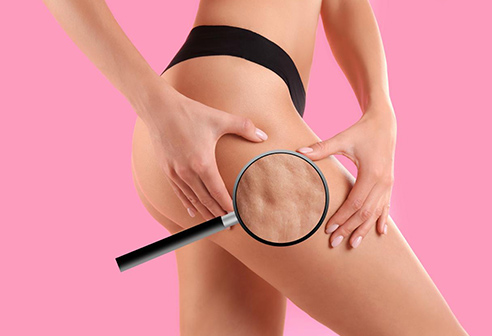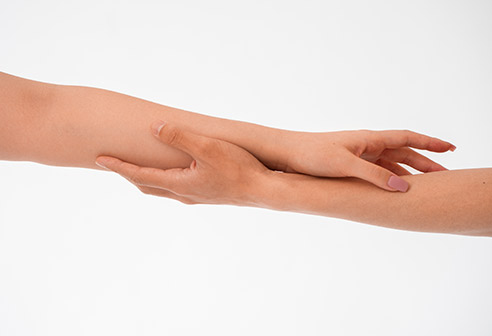
Cellulite is the accumulation of fat under the skin, mostly in the thighs, buttocks, and abdominal area. Cellulite is more common in women and occurs due to factors like diet and lifestyle. Exercise, weight loss, massage, and creams can help with cellulite.
What is Cellulite?
Cellulite refers to the irregular surface and dimpling that occurs with an increase in fat cells in the thigh, buttock, and abdominal regions.
-In first-degree cellulite, the orange peel-like appearance becomes evident when the skin is squeezed. It is not noticeable when standing or lying down.
-In second-degree cellulite, the appearance becomes noticeable when standing for a long time or crossing legs. The orange peel surface appearance emerges when the skin is squeezed.
-In third-degree cellulite, the appearance occurs in a horizontal position, not just when sitting or squeezed. This type of cellulite can cause pain. It is seen in the thigh, abdomen, arm, hip, and buttock areas.
Why Does Cellulite Occur?
- Hormonal changes,
- Genetic factors,
- Weight gain or weight loss,
- Unhealthy diet,
- Sedentary lifestyle,
- Smoking, alcohol, caffeinated beverages,
- Excessive salt intake,
- Very tight clothing and prolonged sitting.
How Does Cellulite Go Away?
To reduce cellulite, changes in lifestyle are necessary, along with treatments such as exercise, diet, and laser therapy. Losing weight and exercising to tighten the body are important in cellulite treatment. Massage also accelerates blood circulation, reducing accumulated fat tissue. In cases where exercise and diet do not yield results, surgical options may be considered.
What Treatments Are Applied for Cellulite?
Treatments applied by dermatologists for cellulite include:
- Lymphatic drainage application,
- Mesotherapy,
- Forma Plus, Body Fx device application,
- Acupuncture,
- Ozone therapy,
- Laser therapy,
- Ultrasound,
- Pressure therapy,
- Lipoelectro,
- Radiofrequency,
- Carboxytherapy.



